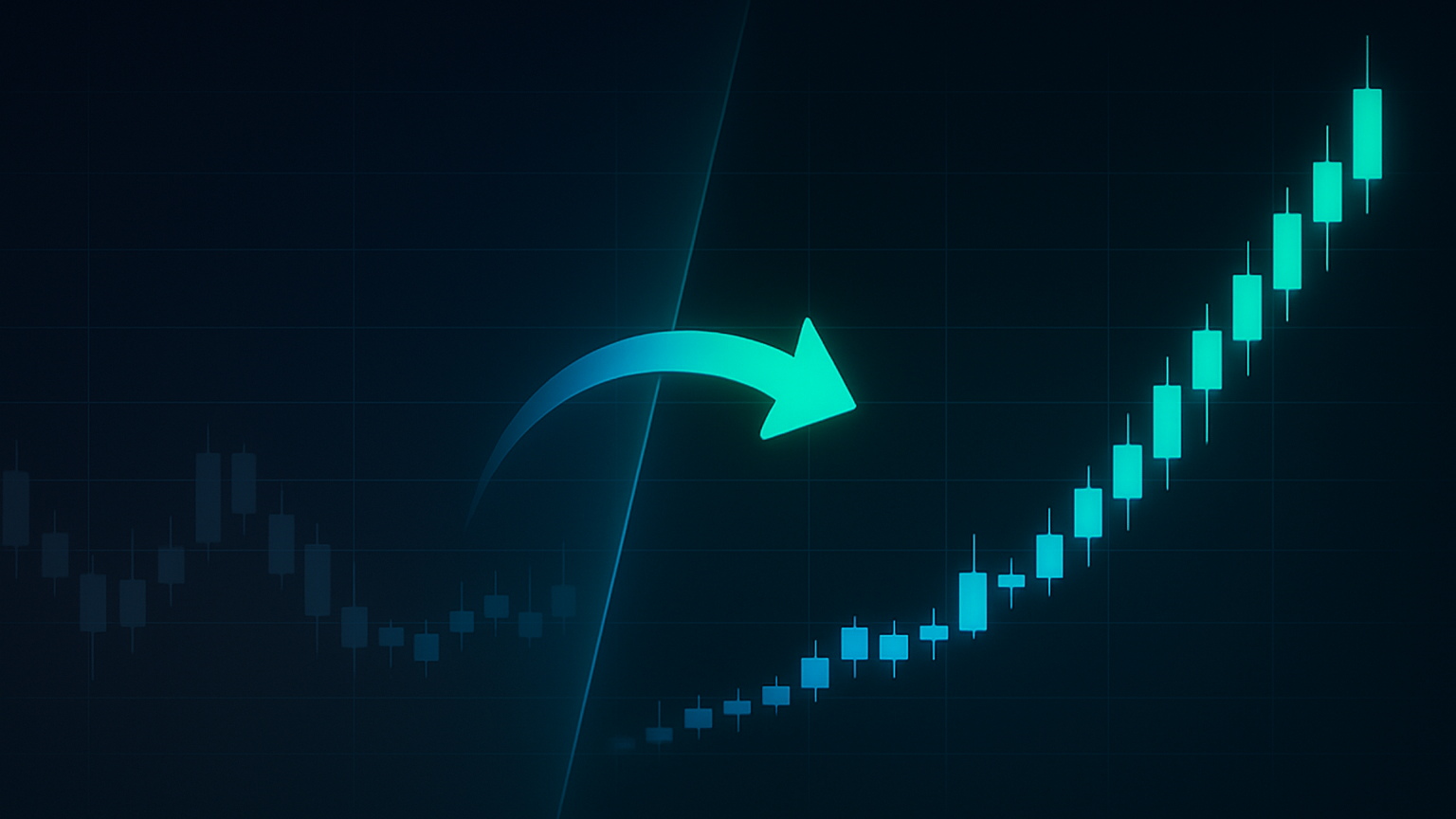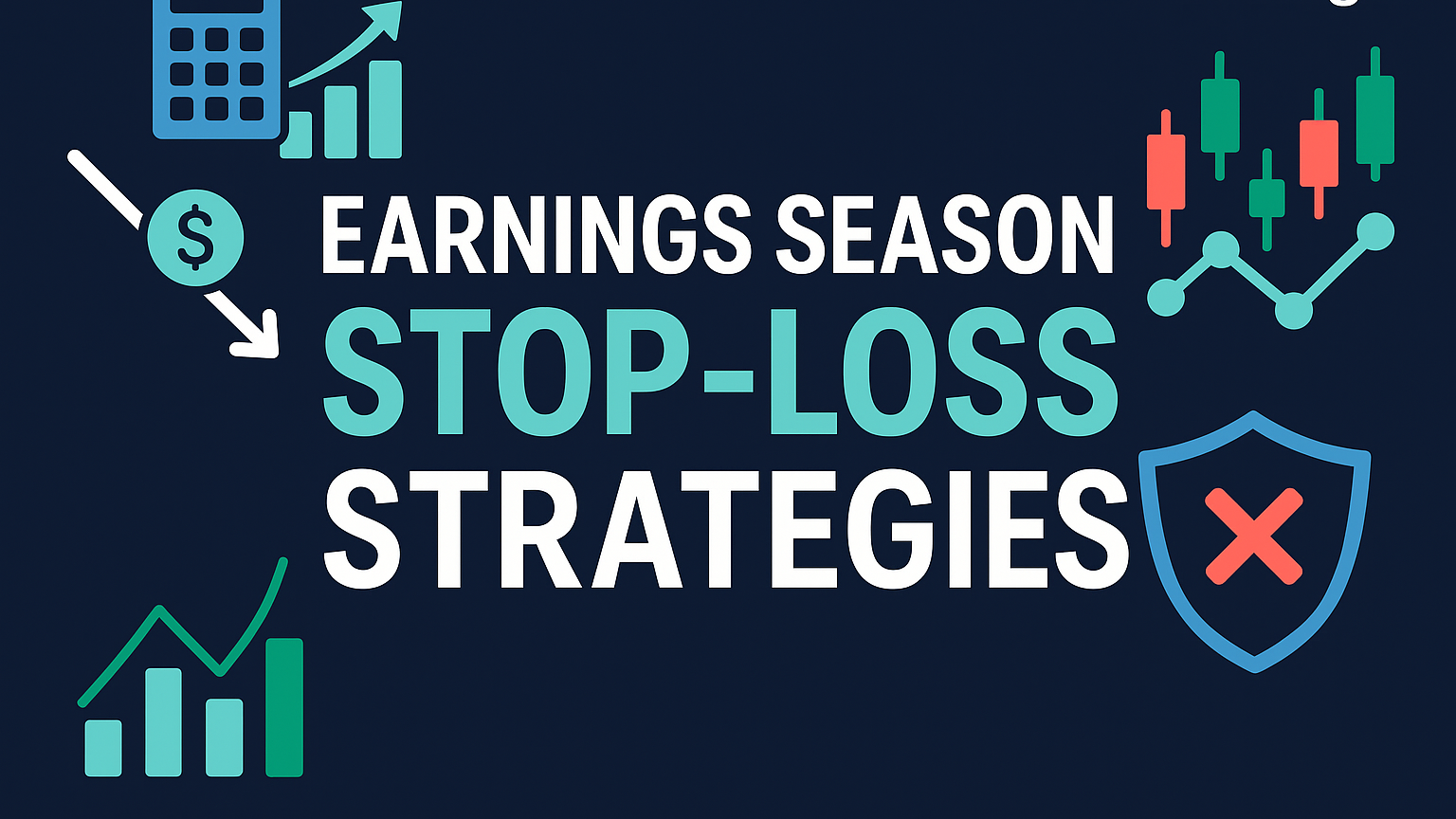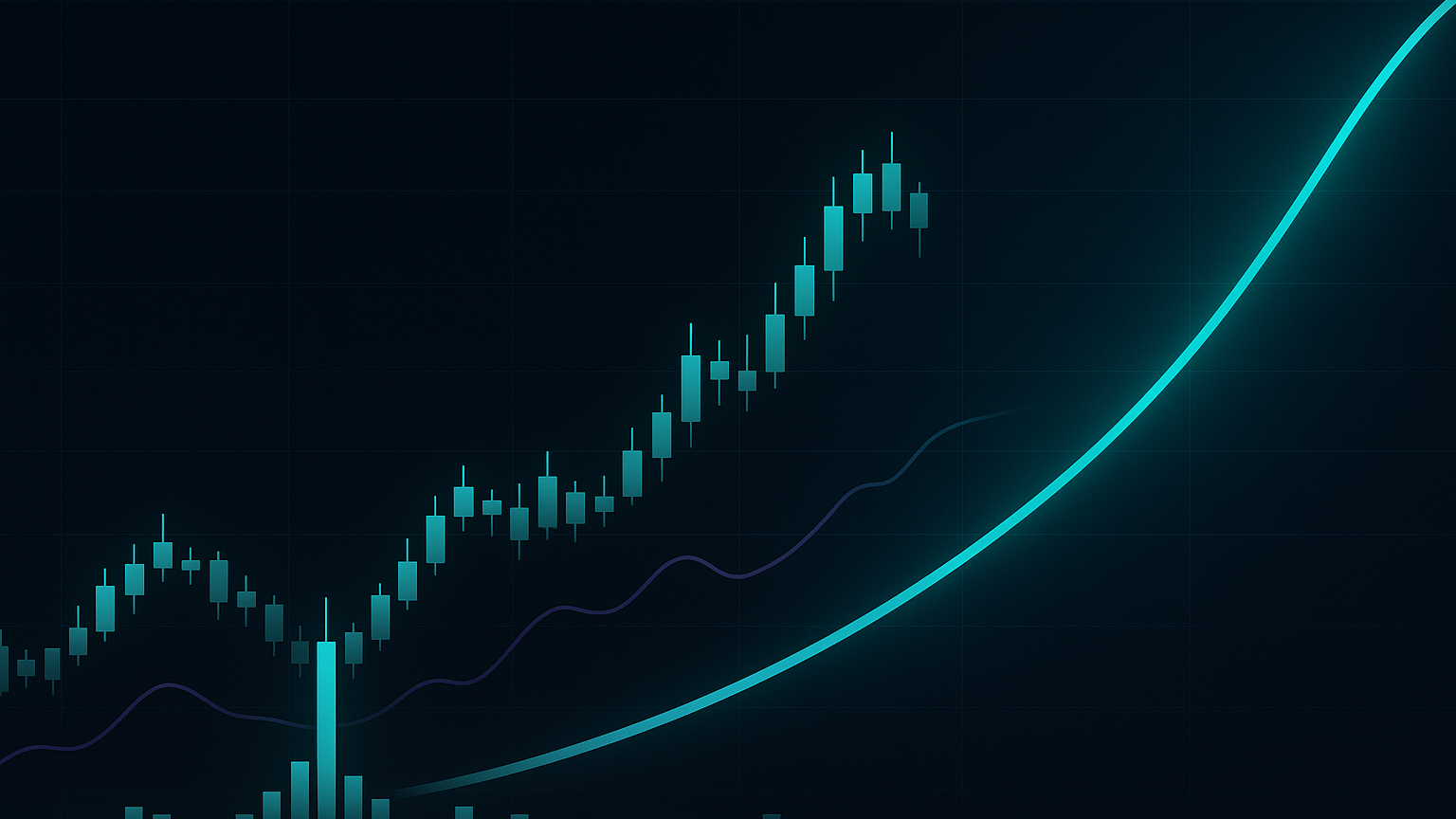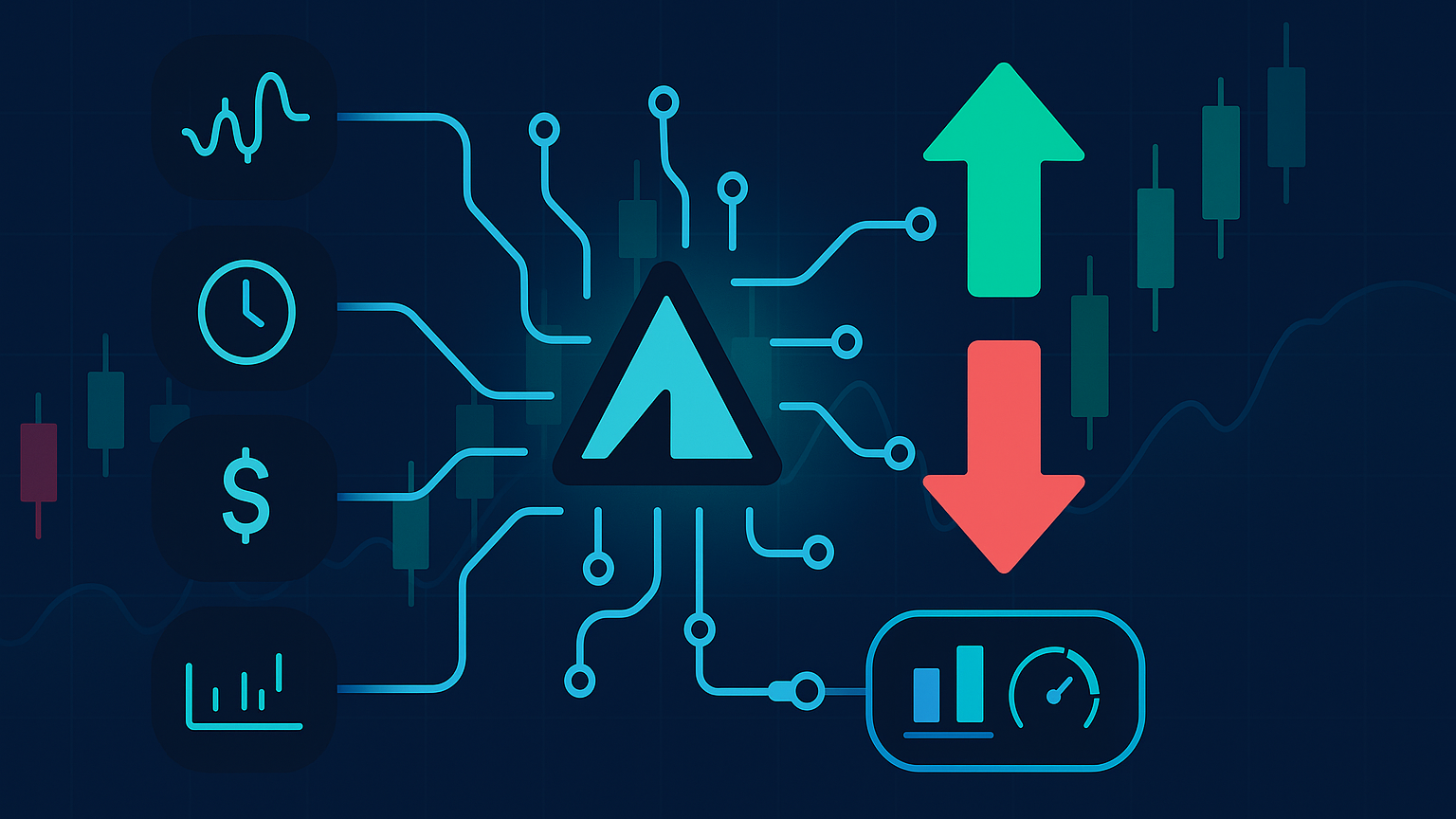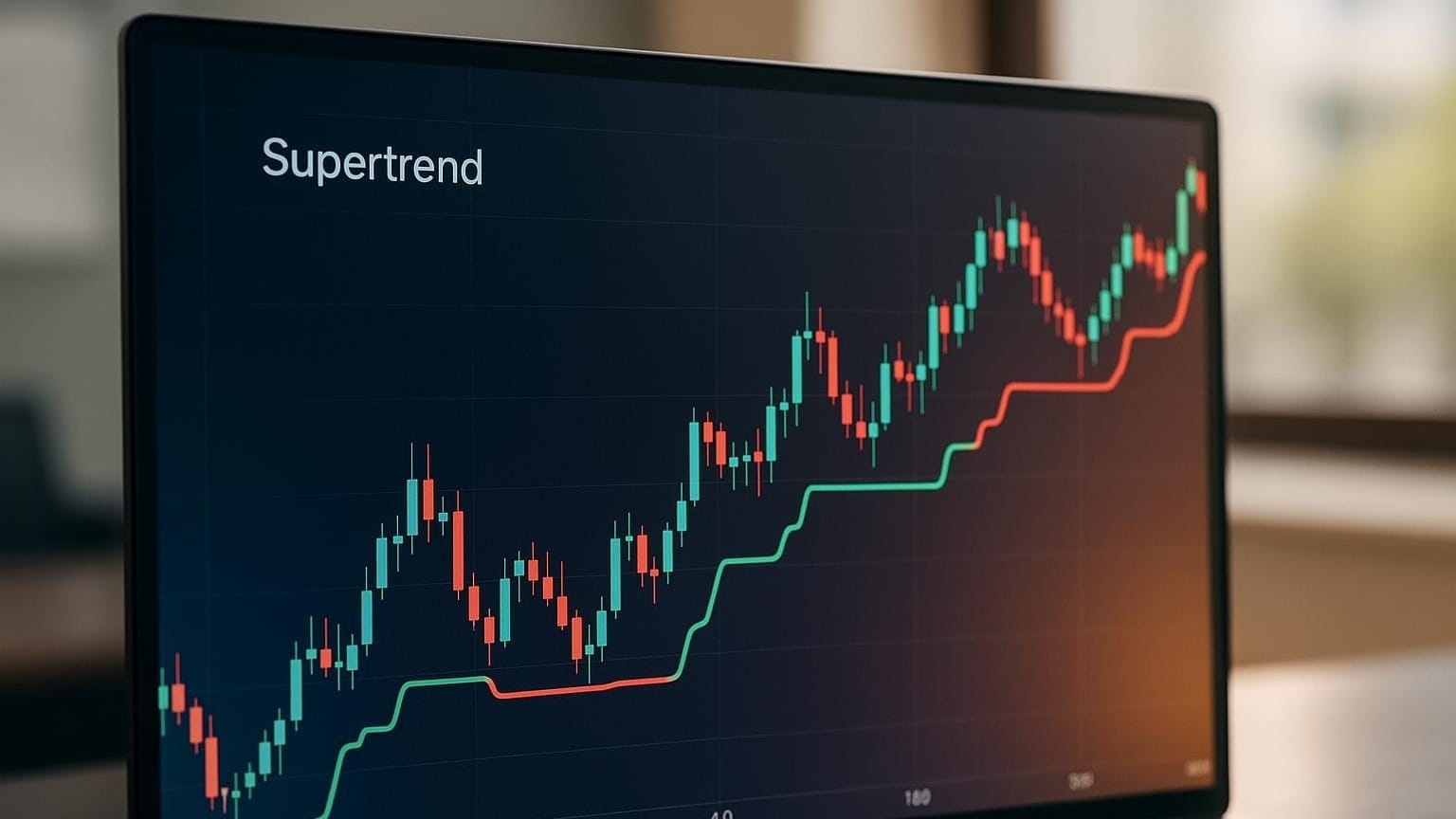Learn the crucial differences between backtesting and forward testing to enhance your trading strategy and minimize costly mistakes.
Want to avoid costly trading mistakes? Testing your strategy before live trading is essential, here’s why:
- Backtesting: Evaluates your strategy using historical data for quick insights into past performance.
- Forward Testing: Tests your strategy in live, real-time market conditions without risking real money.
Key Differences:
- Backtesting is faster but relies on past data.
- Forward testing takes time but reflects current market dynamics.
| Feature | Backtesting | Forward Testing |
|---|---|---|
| Data Type | Historical Data | Live Market Data |
| Time Required | Hours, Days | Weeks, Months |
| Risk | No Financial Risk | No Financial Risk (Demo) |
| Market Conditions | Past Scenarios | Current Scenarios |
Pro Tip: Combine both methods. Backtest to refine your strategy, then forward test to validate it in real-world conditions.
Start testing today to trade smarter and safer.
Backtesting with Past Market Data
How Backtesting Works
Backtesting is all about testing your trading strategy on historical market data. Surprisingly, 78% of traders skip this critical step, which often leads to trading failures.
Here’s how the process works:
-
Strategy Definition
Clearly outline your entry and exit rules, position sizing, risk management, and the specific market conditions your strategy targets. -
Data Collection
Gather reliable historical data, ideally covering 20 years or more, so you test your strategy across a variety of market scenarios, such as:- Bull and bear markets
- Periods of high and low volatility
- Different economic phases
-
Trade Simulation
Simulate trades by tracking key details like entry and exit points, position sizes, profits and losses, and transaction costs.
Why Backtesting Matters
- Fast Results: Analyze decades of market data in just a day.
- Risk-Free Testing: Assess your strategy without putting any money at risk.
- Clear Metrics: Gain objective insights into your strategy’s performance.
- Affordable Tools: Many platforms provide powerful backtesting features at competitive prices.
Common Backtesting Challenges
Curve Fitting
This happens when a strategy is overly optimized for past data, making it ineffective in live markets. To avoid this, focus on:
- Keeping your strategy simple
- Testing across different time periods
- Minimizing parameter tweaks
Data Quality Problems
Poor data can derail your results. Pay attention to:
- Missing price information
- Inaccurate adjustments for splits or dividends
- Survivorship bias
"In general, the delicate tests that statisticians use to squeeze significance out of marginal data have no place in trading, we need blunt statistical instruments, robust techniques." – William Eckhardt, New Market Wizards
Market Changes
Markets evolve over time, so consider factors like:
- Advances in trading technology
- Shifts in regulations
- Changing behavior of market participants
- Economic cycles
LuxAlgo AI Backtesting Assistant can help refine your strategies and sidestep these pitfalls. It offers advanced optimization tools and multi-timeframe testing to enhance your results.
Up next, forward testing, where you see how your strategy performs in live market conditions.
Forward Testing in Current Markets
Forward Testing Basics
Forward testing focuses on how strategies perform in today’s market conditions. Also called paper trading, this approach lets you test trading strategies using live market data without putting real money on the line.
Platforms such as Gainium.io make forward testing accessible. They support multiple exchanges (Binance, OKX, KuCoin, Bybit, Coinbase), offer customizable account sizes, simulate realistic spreads, and supply detailed analytics.
Forward Testing Advantages
- Real-Time Validation: Test how your strategy holds up under current market conditions, including responses to news events and real-world spreads.
- Psychological Practice: Develop discipline and emotional control during market swings, all without financial risk.
- Execution Insights: Identify practical issues such as order execution delays, fee impacts, and position sizing challenges.
Forward Testing Drawbacks
- Time-Consuming: Forward testing follows live market speeds, so a complete test might take weeks or months.
- Limited Market Scenarios: You’re restricted to the current market environment, making it hard to test strategies against events like market crashes or extreme volatility.
- Simulation Gaps: Paper trading can’t fully replicate real-world factors such as liquidity, exact order fills, or the psychological pressure of trading real money.
Tips for Effective Forward Testing:
- Set up your demo account to reflect your actual trading capital.
- Trade as if you’re using real funds for accurate results.
- Keep detailed records of trades and compare them with your backtesting data.
Next, discover how to combine forward and backtesting for a complete strategy evaluation.
Direct Comparison: Backtesting vs Forward Testing
Key Differences Between These Methods
Backtesting relies on historical data to simulate trades, while forward testing uses live market data to evaluate how a strategy performs in real time.
"What worked in the past is generally likely to work in the future."
When to Use Each Testing Method
Backtesting works best for:
- Quickly trying out different strategy variations
- Testing initial trading ideas
- Spotting flaws before live trading
- Reviewing how strategies performed in past market conditions
Forward testing is better for:
- Verifying performance in live conditions
- Building emotional discipline while trading
- Understanding slippage and latency effects
- Evaluating how strategies handle current market conditions
Testing Methods Comparison Table
| Feature | Backtesting | Forward Testing |
|---|---|---|
| Data Type | Historical market data | Live market data |
| Time Frame | Fast (hours, days) | Real time (weeks, months) |
| Risk Level | No financial risk | No financial risk (demo) |
| Market Coverage | Various conditions | Current conditions only |
| Execution Focus | Strategy mechanics | Practical execution |
| Emotional Aspect | Low emotional impact | High emotional involvement |
| Cost Factors | Computing resources | Time commitment |
| Optimization | High, risk of overfitting | Limited but realistic |
Research shows that over 90% of traders fail, often due to poorly tested strategies. Using both methods can improve results, forward testing validates strong backtest outcomes, while backtesting provides a historical foundation.
LuxAlgo AI Backtesting Assistant: Millions of Strategies at Your Fingertips

LuxAlgo AI Backtesting Assistant now scans over six million backtested strategies across 93 tickers, covering stocks, forex, crypto, commodities, and futures.
- Comprehensive Coverage: The assistant evaluates strategies from Price Action Concepts, Signals & Overlays, Oscillator Matrix, and dozens of classic indicators.
- Instant Retrieval: Ask questions in plain language and receive top-ranked strategies in seconds, complete with net profit, drawdown, and win rate.
- Continuous Growth: The database expands daily as new market data and indicator combinations are added.
- Unified Workflow: Export winning strategies straight to the complimentary backtesters on TradingView for further customization.
This depth lets traders compare countless approaches without manual code adjustments, streamlining idea generation and accelerating the path to a confident trading plan.
Why Forward Testing Can Outperform Backtesting
Testing Methods Done Right
Integrating backtesting and forward testing provides a more thorough way to validate trading strategies.
Using Both Methods Together
- Initial Backtesting Phase
Run backtests using high-quality data that spans various market conditions, including spreads and commissions. - Strategy Refinement
When results look promising, tweak parameters carefully. Keep the strategy straightforward to avoid overfitting. - Forward Testing Implementation
Move to forward testing with a demo account and modest trade sizes. Compare real-time results with your backtest data and adjust if needed.
Testing Mistakes to Avoid
- Data Quality Issues: Ensure your data is accurate and complete.
- Survivorship Bias: Include delisted securities to avoid skewed results.
- Ignoring Transaction Costs: Factor in spreads, slippage, and commissions.
- Insufficient Sample Size: Aim for at least 100 trades for reliable results.
Testing Software Options
| Platform | Key Features | Best For |
|---|---|---|
| LuxAlgo AI Backtesting Assistant | AI-powered backtesting, database of 6M+ strategies, real-time optimization | Advanced technical traders |
| TradingView | Pine Script, cloud-based testing, large community | Beginners to intermediate users |
| MetaTrader 5 | Strategy tester, custom indicators, Expert Advisors | Forex and CFD traders |
"What worked in the past is generally likely to work in the future."
Summary and Next Steps
Combining backtesting with forward testing leads to stronger, risk-adjusted returns compared to using only one method.
Start with backtesting:
- Use reliable historical data and account for realistic transaction costs.
- Test across a range of market conditions.
- Accurately simulate trading conditions.
Move to forward testing:
- Use a demo account that mirrors your intended capital.
- Conduct enough trades over a meaningful time frame.
- Track execution details and note emotional responses.
Remember, market conditions change constantly. Strategies successful in backtesting often achieve only 60–75% of projected returns during forward testing. By combining both methods and adjusting as you go, you can develop a strategy that stays reliable over time.



